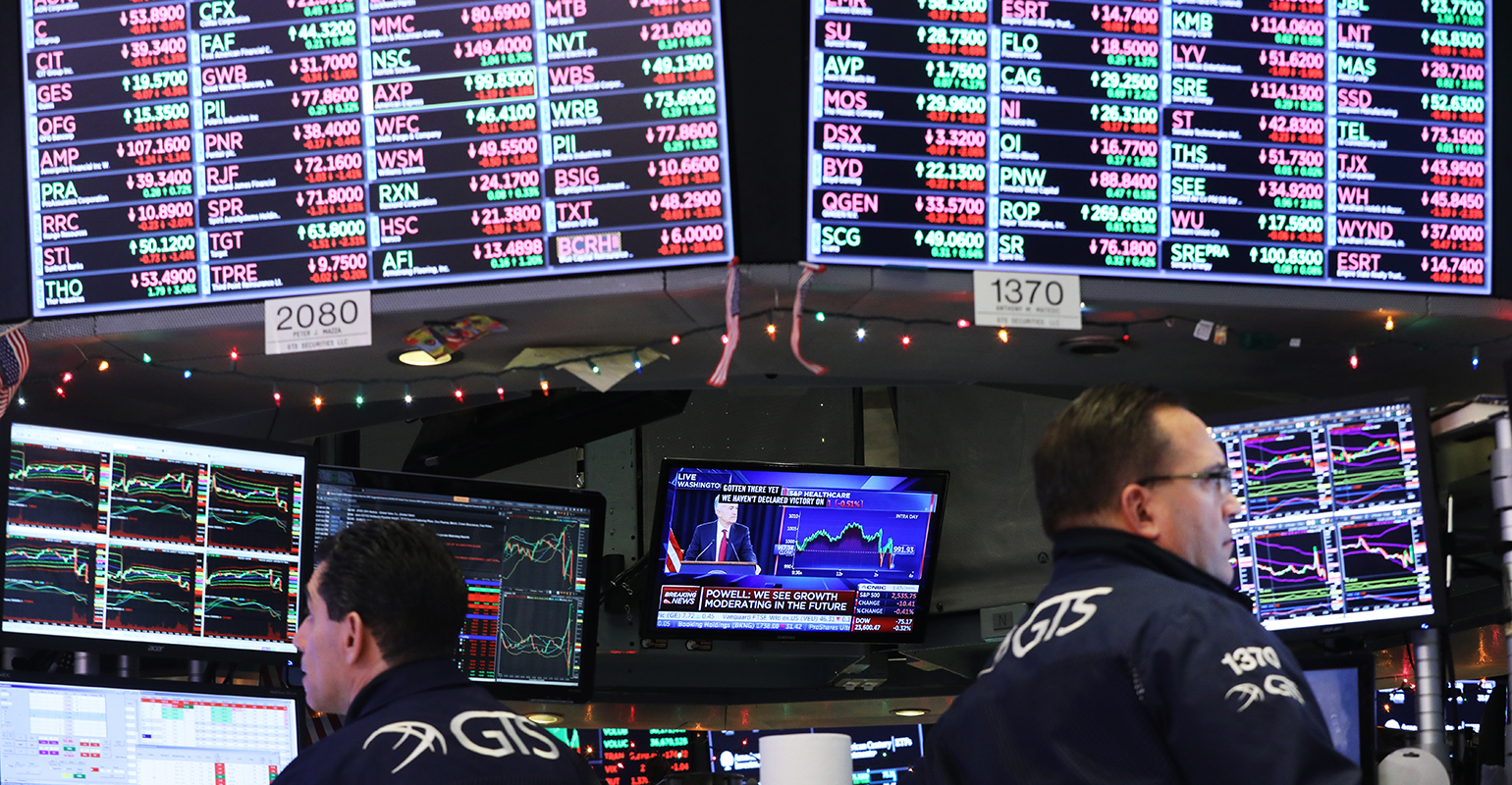(Bloomberg Opinion) — Many people are worried about the shrinking number of public companies in the US, but quality is an even bigger problem than quantity.
Chief Executive of JPMorgan Chase & Co. Jamie Dimon mourned in its most recent annual letter to shareholders that there are only 4,300 stocks in the U.S., down from 7,300 in 1996. Meanwhile, Dimon noted, the number of private companies backed by private equity has grown to 11,200 from 1,900 over the past two decades .
It's arguably harder to be a public company than it used to be. Dimon hit on many of the reasons, including increasingly heavy regulation, intensifying public scrutiny and a growing obsession with short-term financial results. It is also no longer necessary for many companies. Private equity is flush with money, making it easier for businesses to raise capital from private sources. So why go public?
It is time to consider the real possibility that the stock market has become a dumping ground for businesses too weak to raise capital in the private markets. This is not a good development for investors or the market.
Systemically, this trend is troubling because private companies, a number of which are as valuable as public ones, bypass many of the disclosure and governance rules that the US adopted for public companies after the Great Depression. These are intended to make markets more efficient and transparent – and help avoid a repeat of the devastating stock market crash that caused the Depression.
The challenge for ordinary investors is more immediate: most of them are limited to the stock market because financial regulation prevents them from investing in private markets. Unfortunately, the quality of small public companies – those similar in market value to businesses that dominate private markets – has deteriorated significantly.
Check out the Russell 2000 Index, perhaps the best-known tracker of small public companies. In 1995, the index's profitability, measured by return on capital, was 7.8%. Since then, it has trended lower and this year, Wall Street analysts expect an ROE close to 2.4%. The same trend is evident when looking at other measures of profitability, including return on equity or assets.
Other data tell a similar story. In 1963, the ratio of small public companies with the lowest ROE to those with the highest was 1.6, according to numbers compiled by Tuck School of Business professor Ken French. This ratio remained relatively stable for more than two decades, fluctuating between 1 and 2 until the 1980s. But it began to rise in the 1990s and is now closer to 6.
In other words, for every small public company that is very profitable, many more are struggling. This is evident in the Russell 2000. Nearly a third of its companies are expected to lose money this year, and an additional 20% are expected to post earnings of less than $1 per share.
No wonder, then, that investors prefer large companies to small ones. The S&P 500 is expected to post an ROE of 18% this year, compared with just over 2% for the Russell 2000. And the S&P 500 is cheaper to boot, trading at 24 times this year's expected earnings, compared with 38 times for the Russell 2000, largely because the crowd of small companies expected to lose money weigh on the index's gains.
Looking at these numbers, it's an easy choice. Large companies usually attract more capital, but investors are pulling money from smaller companies. Since 2020, they have delivered a net $107 billion to U.S. large-cap mutual funds and exchange-traded funds, while taking in $3 billion from small-cap funds, according to Morningstar.
Look deeper, though, and there are plenty of small companies to like. I ranked the Russell 2000 companies by ROE and found 235 that are expected to be at least as profitable as the S&P 500 this year. Based on market value, their weighted average ROE is 46%, more than double that of the S&P 500. And with a forward P/E ratio of 22 times, they're also about 10% cheaper than the S&P 500. Even more attractive is their average P/E ratio is only 13 times, which indicates that there are some high-quality bargains among them.
That's not to say that retail investors need to sift through financial data to find the cheapest and most profitable small public companies—most people don't have the time or inclination to do that. They don't even have to invest in small companies at all.
But for those who want to diversify beyond larger companies, or who fear losing smaller businesses to the private markets, one option is to look for a low-cost ETF that targets small public companies with lower valuations and higher profit. I would expect these ETFs to perform at least as well as most private equity funds over time, especially given the exorbitant fees private funds charge their exclusive investors.
I also expect the trend of going private to accelerate—to the detriment of the stock market and to the growing exclusion of retail investors—unless policymakers intervene. They can start by removing the gates that prevent ordinary investors from participating in private markets. They should also require private companies above a certain size or market value to comply with the same rules as public companies, given the burden the regulations impose on all companies.
Meanwhile, investors should be more discriminating when playing in the small-cap space. The opportunities are worth the effort.
More from Bloomberg Opinion:
Want more Bloomberg Opinion? Opina
To contact the author of this story:
Nir Kaissar in (email protected)

